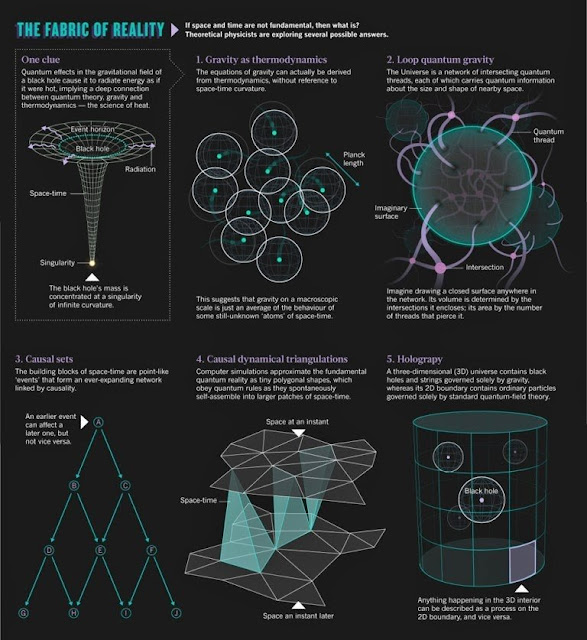Comparison with conventional history part 3
Big History, in contrast to conventional history, has more of an interdisciplinary basis.Advocates sometimes view conventional history as "microhistory" or "shallow history", and note that three-quarters of historians specialize in understanding the last 250 years while ignoring the "long march of human existence."However, one historian disputed that the discipline of history has overlooked the big view, and described the "grand narrative" of Big History as a "cliché that gets thrown around a lot." One account suggested that conventional history had the "sense of grinding the nuts into an ever finer powder."It emphasizes long-term trends and processes rather than history-making individuals or events. Historian Dipesh Chakrabarty of the University of Chicagosuggested that Big History was less politicized than contemporary history because it enables people to "take a step back." It uses more kinds of evidence than the standard historical written records, such as fossils, tools, household items, pictures, structures, ecological changes and genetic variations.
Critics of Big History, including sociologist Frank Furedi, have deemed the discipline an "anti-humanist turn of history."The Big History narrative has also been challenged for failing to engage with the methodology of the conventional history discipline. According to historian and educator Sam Wineburg of Stanford University, Big History eschews the interpretation of texts in favor of a purely scientific approach, thus becoming "less history and more of a kind of evolutionary biology or quantum physics."




Comments
Post a Comment